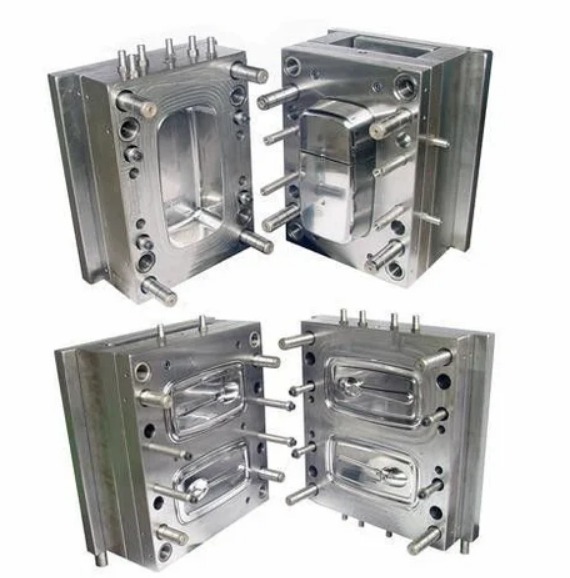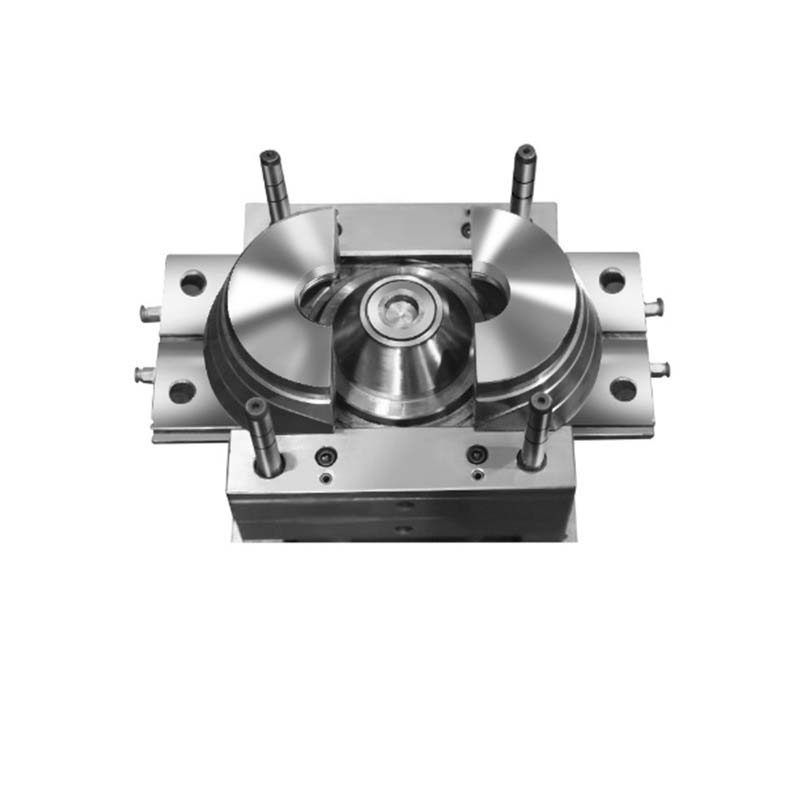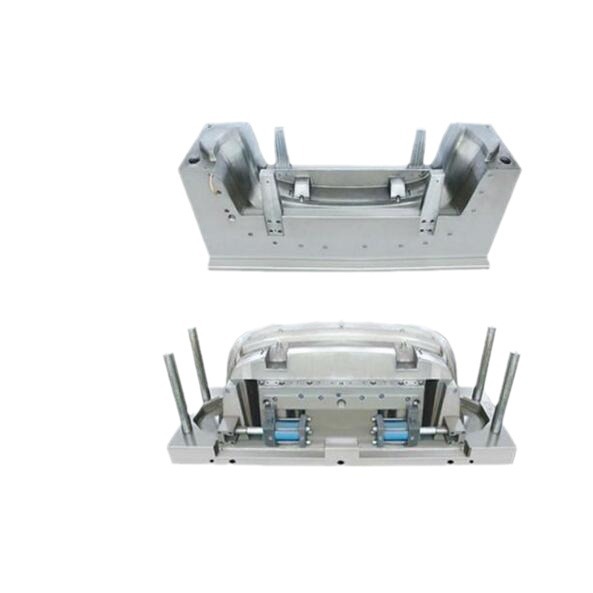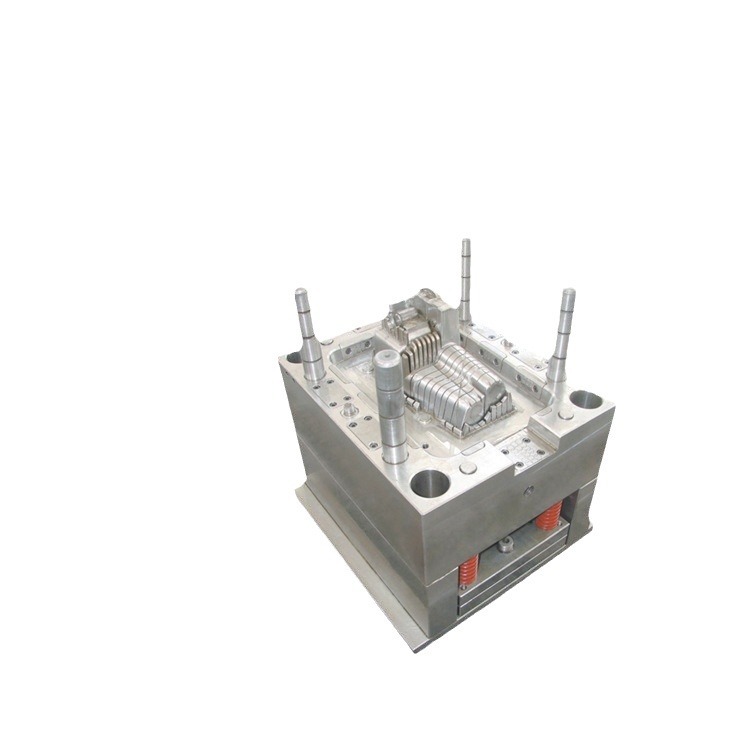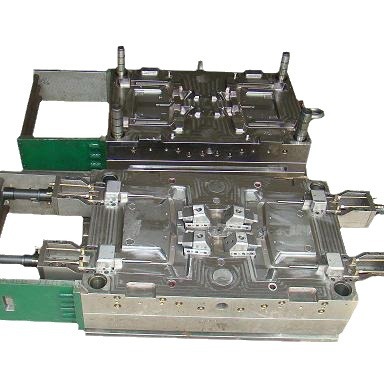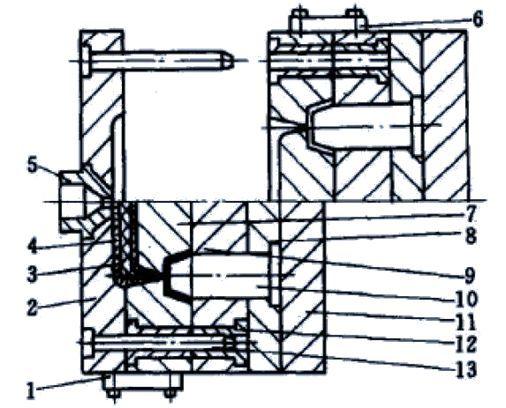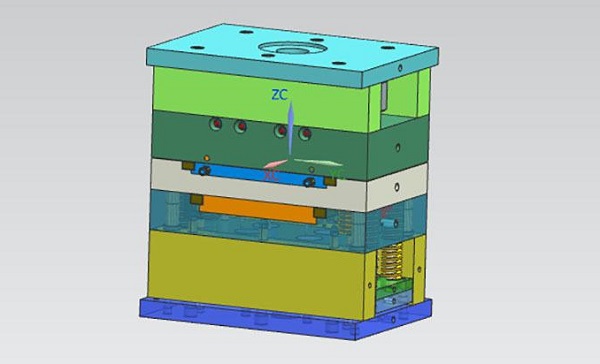Introduction
Definition and Significance of Mold Manufacturing Technology
Mold manufacturing technology is a crucial and complex discipline within the manufacturing domain. In simple terms, it refers to the set of techniques, processes, and knowledge used to create molds. A mold is a hollowed-out block or cavity that is used to give a desired shape to a material, typically by filling it with a liquid or semi - liquid substance (such as molten metal, plastic, or glass) which then solidifies in the mold's shape.
The significance of mold manufacturing technology cannot be overstated. It serves as the backbone of modern manufacturing across a wide range of industries. For example, in the automotive industry, molds are used to produce various components such as engine parts, body panels, and interior components. High - quality molds ensure the precision and consistency of these parts, which is essential for the performance, safety, and aesthetics of the final product. In the electronics industry, molds are employed to manufacture the enclosures of electronic devices like smartphones, laptops, and tablets, contributing to their sleek designs and compact sizes. Additionally, in the packaging industry, molds play a vital role in creating containers of different shapes and sizes, from plastic bottles to food packaging trays.
The Core Theme: Mold Manufacturing Technology and Modern Manufacturing Technologies
The core theme of this article is that mold manufacturing technology covers all modern manufacturing technologies. This might seem like a bold statement at first glance, but upon closer examination, it becomes evident. Mold manufacturing incorporates a diverse array of modern manufacturing techniques, each playing a crucial role in the overall process. From traditional machining methods such as milling, turning, and drilling, to advanced additive manufacturing (3D printing), numerical control (NC) and computer - numerical control (CNC) technologies, and even the integration of automation and robotics, mold manufacturing is a microcosm of modern manufacturing as a whole.
For instance, CNC machining allows for highly precise and complex mold designs to be created. It can achieve tight tolerances, often within micrometers, which is essential for molds that need to produce parts with exact specifications. Additive manufacturing, on the other hand, offers new possibilities for mold design, such as creating complex internal geometries that were previously impossible or extremely difficult to achieve with traditional methods. These modern manufacturing technologies, when combined in mold manufacturing, enable the production of high - quality molds that can meet the ever - increasing demands of modern industries. This exploration will not only reveal the depth and breadth of mold manufacturing technology but also its integral role in driving forward the entire spectrum of modern manufacturing.
Modern Manufacturing Technologies Embodied in Mold Manufacturing
1. Precision Machining Technologies
CNC Machining
CNC (Computer Numerical Control) machining is widely used in mold manufacturing. It uses computer - controlled machine tools to precisely cut, mill, and drill various materials. In mold production, CNC machining can handle high - precision parts processing. For example, in the manufacturing of automotive molds, complex mold components such as engine block molds and body panel molds often require extremely high precision. A study shows that with the application of CNC machining in automotive mold manufacturing, the dimensional accuracy of mold parts can be controlled within ±0.01mm, which is much higher than the accuracy achievable by traditional machining methods.
Moreover, CNC machining can significantly improve production efficiency. In a large - scale automotive mold manufacturing factory, before the adoption of CNC machining, the production cycle of a set of engine block molds was about 30 days. After the implementation of CNC machining technology, the production cycle has been shortened to 20 days, a 33% reduction in time. This not only improves the production capacity of the factory but also enables automotive manufacturers to bring new models to market more quickly.
Electrical Discharge Machining (EDM)
Electrical Discharge Machining (EDM) is another important precision machining technology in mold manufacturing. Its principle is based on the erosion effect of electric sparks. When an electric spark discharge occurs between the tool electrode and the workpiece in a dielectric fluid, the high - temperature generated by the discharge melts and vaporizes a small amount of the workpiece material, achieving the purpose of material removal.
EDM is especially suitable for processing molds with complex shapes. For instance, molds with intricate internal cavities, sharp corners, and fine details that are difficult to machine using traditional cutting methods can be easily processed by EDM. Compared with traditional machining, EDM has several advantages. It can process hard and brittle materials without mechanical cutting forces, reducing the risk of workpiece deformation. In a mold manufacturing project for a high - end electronics product, the use of EDM reduced the scrap rate of mold parts from 15% (when using traditional machining) to 5%.
According to industry statistics, in the mold manufacturing industry, about 70% of complex - shaped molds use EDM in at least one processing stage. This clearly demonstrates the irreplaceable role of EDM in modern mold manufacturing.
2. Additive Manufacturing (3D Printing) in Mold Making
The Basics of 3D Printing in Molds
3D printing, also known as additive manufacturing, has brought new possibilities to mold making. The principle of using 3D printing for mold manufacturing is to create a three - dimensional object by layer - by - layer deposition of materials based on a digital model. This technology has unique characteristics. It can fabricate molds with complex internal structures that are almost impossible to achieve through traditional manufacturing methods.
For example, a 3D - printed mold can have internal cooling channels with optimized shapes, as shown in the figure below. These cooling channels can improve the cooling efficiency of the mold during the molding process, reducing the production cycle of molded products.
[Insert a picture of a 3D - printed mold with complex internal cooling channels here]
Advantages and Real - world Applications
3D printing offers several advantages in mold making. Firstly, it enables rapid prototyping. Designers can quickly transform their digital designs into physical molds, greatly shortening the mold development cycle. Secondly, it can save materials. Since 3D printing only adds materials where needed, there is less material waste compared to traditional subtractive manufacturing methods.
In the aerospace industry, 3D - printed molds are widely used. For example, a leading aerospace company used 3D printing to manufacture molds for engine component production. The complex internal structures of the molds allowed for better control of the casting process, resulting in engine components with improved performance. The weight of these components was reduced by 20% compared to those produced using traditional molds, while their strength and durability were maintained. This application not only improved the performance of aerospace products but also reduced fuel consumption and emissions during flight.
Advanced Mold Materials
The development of advanced mold materials has significantly promoted the progress of mold manufacturing technology. New - generation mold materials have excellent properties such as high strength, high wear resistance, and high heat resistance. For example, some high - alloy steel materials used in mold manufacturing contain elements like chromium (Cr), molybdenum (Mo), and vanadium (V), which endow the materials with enhanced hardness and wear - resistance.
The following table compares the performance of several common mold materials:
| Mold Material | Tensile Strength (MPa) | Hardness (HRC) | Wear Resistance | Heat Resistance (°C) |
| Carbon Steel | 400 - 600 | 15 - 25 | Moderate | Up to 300 |
| Alloy Steel (e.g., H13) | 1500 - 1800 | 48 - 54 | High | Up to 650 |
| Carbide - based Material | 2000 - 3000 | 60 - 70 | Very High | Up to 800 |
As can be seen from the table, alloy steel and carbide - based materials have better performance in terms of strength, hardness, wear resistance, and heat resistance compared to carbon steel, making them more suitable for high - performance mold manufacturing.
Material Processing Technologies
Material processing technologies also play a crucial role in improving mold performance. Surface treatment technologies, such as nitriding, electroplating, and physical vapor deposition (PVD), can enhance the surface properties of molds. For example, nitriding can form a hard and wear - resistant nitride layer on the mold surface, improving its wear resistance and corrosion resistance.
A case study showed that for a plastic injection mold, after nitriding treatment, its service life increased from 500,000 cycles to 800,000 cycles, an increase of 60%. This not only reduces the frequency of mold replacement but also improves production efficiency and product quality.
4. Digital and Virtual Manufacturing Technologies
CAD/CAM/CAE in Mold Manufacturing
CAD (Computer - Aided Design), CAM (Computer - Aided Manufacturing), and CAE (Computer - Aided Engineering) software are widely used in mold manufacturing. CAD software allows designers to create detailed 3D models of molds, as shown in the figure below. These models can be easily modified and optimized, greatly improving the design efficiency. CAM software then converts the CAD models into machine - readable instructions for CNC machine tools, ensuring accurate and efficient mold manufacturing. CAE software is used to analyze the performance of molds, such as stress distribution, filling process, and cooling efficiency, before actual production.
[Insert a picture of CAD software interface for mold design here]
For example, in the design of a large - scale injection mold, CAE analysis can predict potential defects such as short - shots and warping. By optimizing the design based on CAE results, the first - pass success rate of mold production can be increased from 60% (without CAE analysis) to 90%, saving a lot of time and cost in trial - and - error processes.
Virtual Manufacturing and Simulation
Virtual manufacturing and simulation technologies enable mold manufacturers to simulate the entire mold manufacturing process and the performance of the final mold in a virtual environment. Through virtual manufacturing, manufacturers can predict problems such as tool collisions, machining errors, and mold deformation in advance, and then optimize the manufacturing process accordingly.
For example, a mold manufacturing company used virtual manufacturing technology to simulate the production process of a complex die - casting mold. By doing so, they found and corrected a potential tool - collision problem in the CNC machining process. As a result, the production time was reduced by 15%, and the production cost was decreased by 10% due to fewer errors and rework. This shows the significant value of virtual manufacturing and simulation technologies in modern mold manufacturing.
Yigu Technology's Perspective
As a non - standard plastic metal products custom Supplier, Yigu Technology deeply believes that the integration of modern technologies in mold manufacturing is of utmost importance. In our daily operations, we constantly leverage advanced manufacturing technologies such as high - precision CNC machining, innovative 3D printing, and state - of - the - art material processing techniques.
These technologies enable us to provide high - quality custom - made products that meet the diverse and stringent requirements of our customers. For example, by using 3D printing, we can quickly create prototypes for our clients to test and validate their designs, significantly reducing the development time. In the production process, CNC machining ensures the precision and consistency of our products. With the help of advanced material processing technologies, we can enhance the performance of our products, making them more durable and reliable. Yigu Technology is committed to using the latest mold manufacturing technologies to serve our customers better and contribute to the development of the manufacturing industry.
